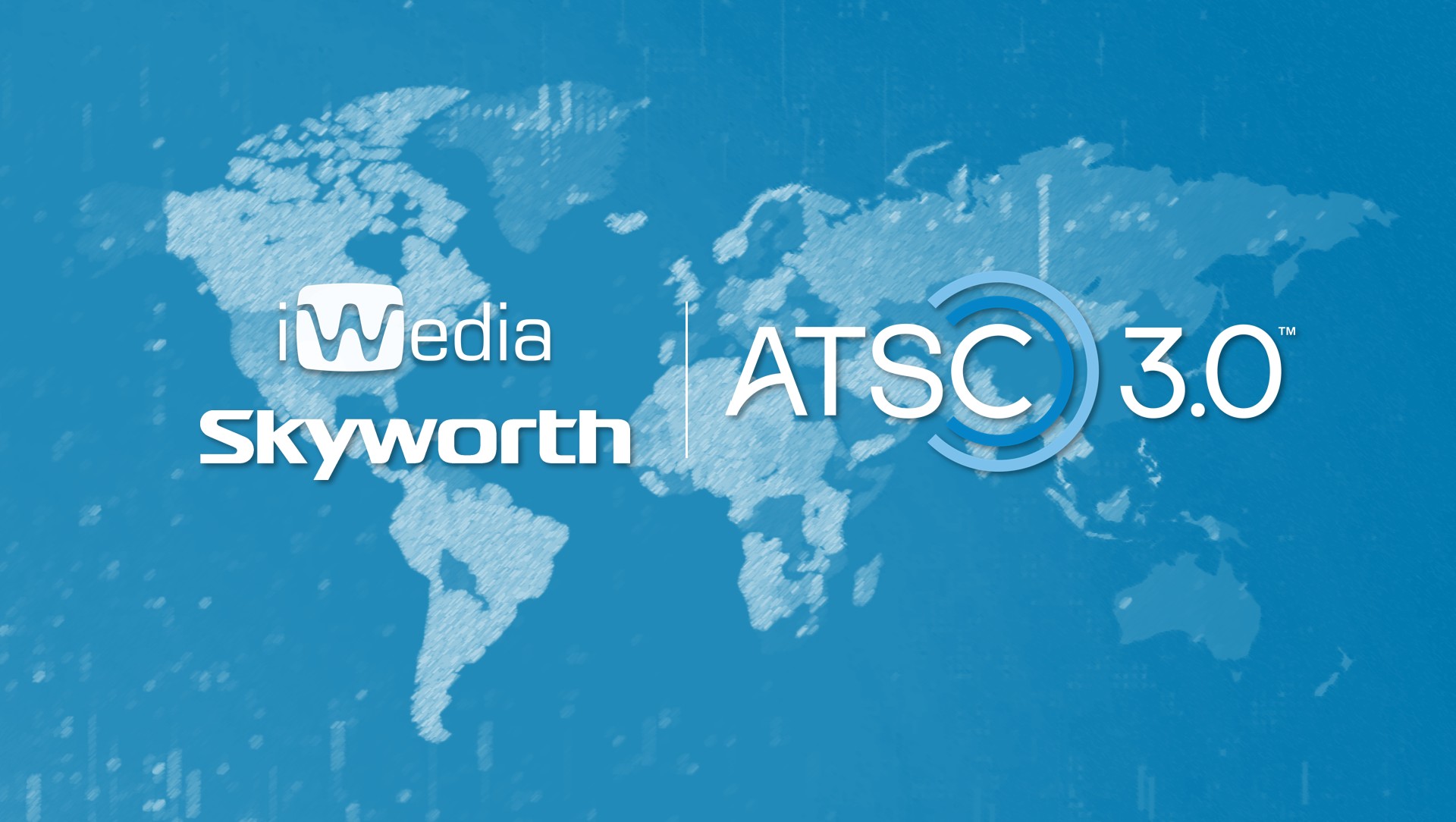Remote Collaboration Is Here to Stay
And here’s why that’s a great thing for media operations

Brought on suddenly by the coronavirus pandemic, the new normal of remote workflows has been getting a lot of press lately—but the truth is that media enterprises have been moving toward more decentralized operations for some time now. Emerging technologies such as IP and the cloud have ushered in a whole new era of seamless collaboration among team members working from remote locations across the globe. And the benefits are so compelling that it’s a safe bet that remote collaboration workflows will continue to expand, long after the current crisis has passed.
In this article, we’ll take a look at the drivers for remote collaboration and the tremendous advantages to media operations. We’ll also present some strategies for building a technical foundation to support remote collaboration in the long term.
CLEAR ADVANTAGES
There are plenty of compelling reasons for media operations to move toward remote collaboration workflows on a permanent basis. We see three key factors at play: reduced costs, global creativity and new levels of localization for global audiences. Let’s break them down.
- It’s easy to see why decentralized workflows can bring about tremendous cost reductions. With the lion’s share of creatives collaborating remotely, organizations can get by with a smaller physical footprint at headquarters and therefore lower opex. In addition, capex is reduced through the use of key enabling technologies such as hybrid cloud computing and SaaS-based solutions. If there’s anything the pandemic is proving, it’s just how little money broadcasters need to spend to mount seamless and professional productions, with most contributors—even on-air talent—working from home and only a limited crew of engineers in the studio.
- Global collaboration spurs creativity in content creation through the ability to leverage contributors from all over the world—each of whom can offer top expertise, unique insights and a regional perspective. Rather than being limited to the editors, producers, colorists and other contributors based at headquarters, operations are able to expand to a virtually unlimited talent pool that brings huge diversity in ideas, perspectives and creative approaches. Global audiences are the winners, with a richer array of high-quality content from which to choose.
- Speaking of those global audiences, remote collaboration enables productions to take their content localization capabilities to new levels. When we’ve thought of localization in the past, it usually meant captioning and/or audio dubbing the original content in the local language. But now, working with teams of remote contributors—editors, camera operators and script writers, for example—productions are able to produce truly local versions of content that raise the engagement level of audiences in those areas, reflecting their own tastes and expectations.
STRATEGIES THAT GO THE COLLABORATIVE DISTANCE
Given those drivers, what are the technical requirements and approaches that will help media enterprises make a successful leap to remote collaboration workflows? From Primestream’s perspective, these boil down to the following:
- A hybrid cloud infrastructure that provides the flexibility for the operation to leverage both on-premises and cloud resources as appropriate for different elements of the production. For example, rendering could be performed in the cloud and playout could be done on premises, or vice versa.
- A centralized management platform that allows the operation to track, analyze and monitor every production and gives a clear view of assignments, tasks and status updates across all globally dispersed contributors. Consider a production house with 15 different projects in various stages of production. At a glance, producers can see which contributors are involved, what tasks they’re assigned and how close they are to completion without having to be concerned with where the contributors are physically located.
- A SaaS business model that enables ad-hoc workflows, offering the ability to grow dynamically and offer a menu of features and capabilities tailored to the production; for instance, a stable of local editors to work on footage only for the duration of a specific event. Here’s where the cloud really comes in, offering the ability to spin up a temporary workflow and then spin it down when the event is over, rather than having to maintain expensive on-premises equipment that sits idle when not needed.
- A one-stop shop for tools of the trade. Most SaaS offerings today only offer a few pieces of the overall production puzzle, such as remote editing in the cloud. But we foresee a future when an entire live production service might be available through a cloud SaaS model, with the ability to segment different capabilities and parcel them out to various remote contributors. By the same token, different contributors would be able to access any of the tools they need from a common service, perhaps on an a la carte basis, rather than having to piece together disparate solutions from different vendors.
SUMMING UP
Given the current global health crisis, these are uncertain times for our industry. But one of the silver linings might well be a chance for broadcasters and other media operations to experience first-hand just how effective remote collaboration can be—and how much money they can save, without having to compromise on the richness and quality of content. There’s no doubt that remote collaboration workflows will continue to grow into the future, supported by ongoing innovation in hybrid cloud and SaaS solutions.
Namdev Lisman is executive vice president at Primestream.
The professional video industry's #1 source for news, trends and product and tech information. Sign up below.
